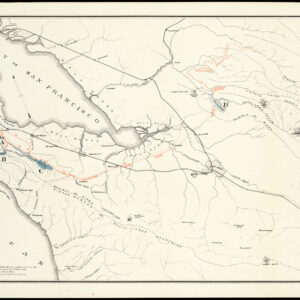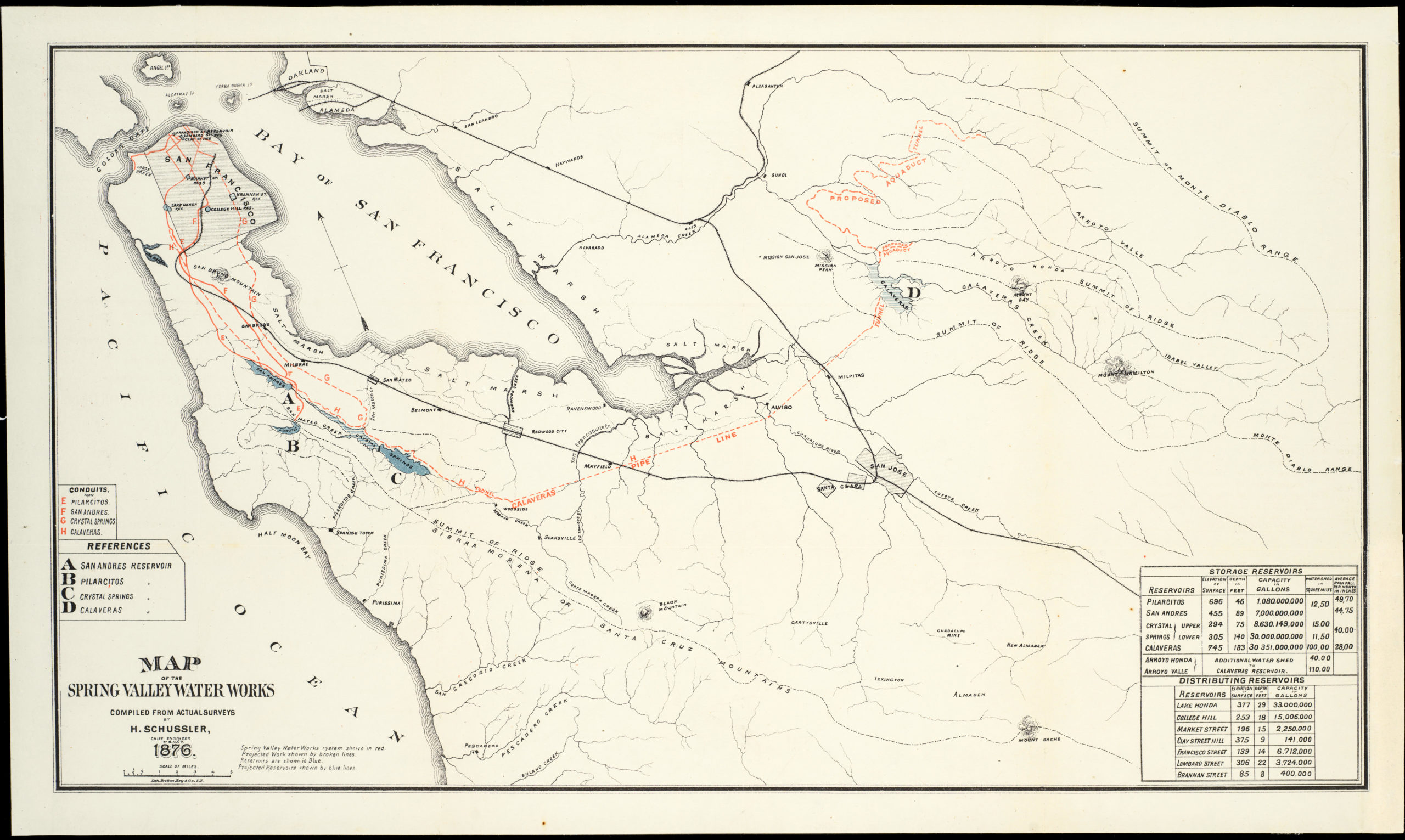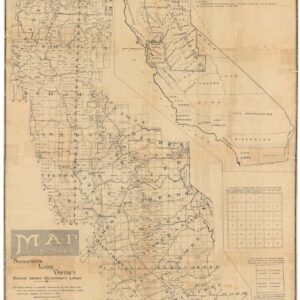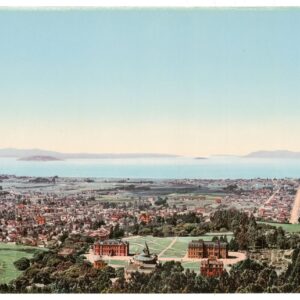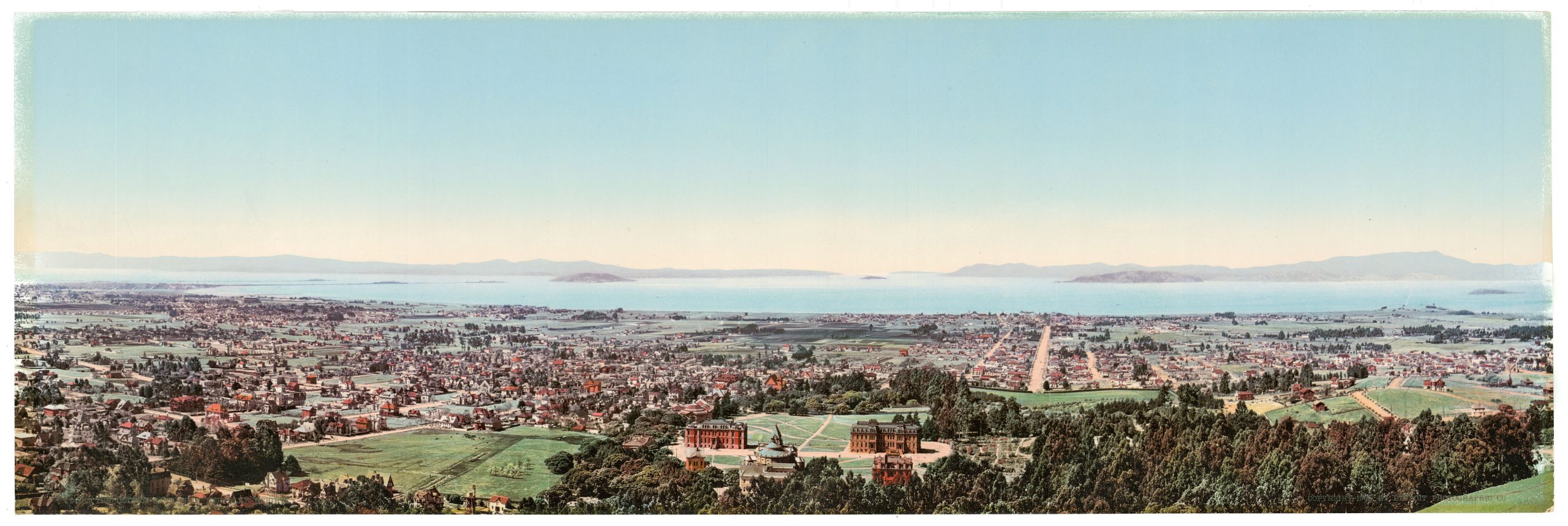Early Depiction of California’s Gold Regions.
Sketch of General Riley’s Route through the Mining Districts July and Aug. 1849. Copied from the original sketch…
Out of stock
Description
A pivotal document from the Gold Rush era, this map shows General Bennet C. Riley’s journey through the California gold country in 1849. General Riley became the military governor of California in 1849, and this journey was conducted to assess the situation in its gold mining districts. The Gold Rush began in 1848 and brought tens of thousands of prospectors and settlers to California, creating numerous challenges for governance, land rights, and law enforcement. Riley’s journey was part of the U.S. military’s early efforts to understand and manage the rapidly changing situation in California.
The detailed representation spans from San Francisco and Monterey Bay to the Sierra’s western slope. The map is notable as the first to identify specific mining camps in the central Sierra foothills, such as Mormon Island (though misspelled as “Mormont”), Coloma (erroneously labeled “Colluma”), Curtis, Sullivan’s, Corons, Jamestown, Woods, and Sonora. The map details the entire path taken by Riley’s group, marking the dates they reached various camps, spanning from Monterey Bay to Sacramento and extending eastward to the gold excavation sites.
General Bennet C. Riley (1787–1853) served as the seventh and last military governor of California, holding the post from 1849 to 1850. He played a crucial role during the transition of California from Mexican to American control following the Mexican-American War and the subsequent discovery of gold.
Cartographer(s):
George Horatio Derby, born at Dedham, Massachusetts, April 2, 1823, graduated from West Point in 1846, and after a tour of duty in the East and Middle West, came to California in 1849. He accompanied Brig Genl. Bennet Riley on a tour of the gold districts during the summer of that year, and his Sketch of General Riley’s Route was the result of that journey.
Condition Description
Some wear along fold lines. Loss along left edge and at bottom-left corner.
References

